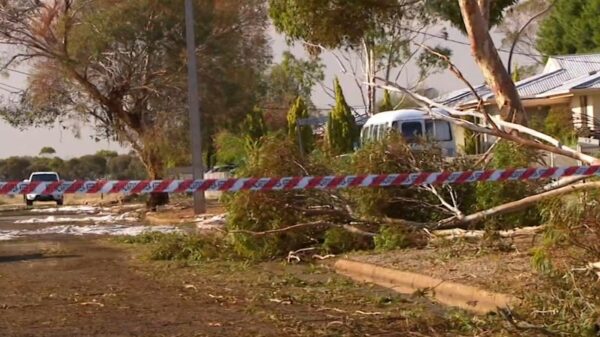Reports of abuse within Australian childcare centres have surged, raising serious concerns about the effectiveness of the regulatory system. Investigations have revealed that many alleged perpetrators continue working despite multiple complaints of sexual misconduct, prompting urgent calls for reforms.
Angela, a mother from Victoria, recounted a harrowing experience with her daughter, who disclosed that a male educator had inappropriately touched her during a nappy change. Following this revelation, Angela sought help from police, medical professionals, and investigators, hoping for swift action. Despite clinical notes supporting her daughter’s claims, the investigation concluded there was insufficient evidence to warrant the educator’s removal from the childcare setting.
This situation underscores a significant flaw in Australia’s childcare system: a complicated, inconsistent, and underfunded regulatory framework. The outcome of Angela’s case illustrates how complaints about sexual misconduct are often dismissed, particularly when law enforcement declines to pursue criminal charges.
After three investigations, including one by the Victorian education department, the findings deemed the allegations “unsubstantiated”—meaning there was some supportive evidence, but it was not enough to meet the threshold for action. This left the accused educator in his position, with countless other children at risk.
Regulatory Failures and Recent Legislative Actions
In response to the growing number of abuse allegations, the Australian federal government has introduced legislation aimed at increasing oversight of childcare services. This includes the ability to strip funding from facilities that fail to comply with safety standards and implementing unannounced inspections. However, experts have cautioned that these measures may be too reactive and fail to address the root causes of the issues within the childcare system.
Experts have pointed out that state regulatory bodies often lack the resources to effectively investigate complaints. When police investigations yield insufficient evidence for prosecution, regulatory agencies feel compelled to follow suit, leading to a cycle of inadequate oversight. For instance, a mother from the Northern Territory reported witnessing her three-year-old child inappropriately touched by an educator. Despite her immediate report to both the childcare centre and the police, the lack of corroborating evidence led to the case being closed without further action.
The Quality Education and Care Northern Territory (QECNT) stated it could not intervene after the police declined to pursue the matter. This highlights a significant gap in the system, allowing individuals accused of serious misconduct to continue working in childcare settings.
Calls for Systemic Reform and Improved Protection for Children
The recent case of Ashley Paul Griffith, who was convicted of abusing 73 girls while working in childcare, has amplified calls for reform. Griffith had a history of allegations against him that were not adequately addressed by the regulatory system. A report by the Queensland Child Death Review Board found that previous complaints were often not progressed, and information was not effectively shared among agencies.
In light of these findings, the Australian Children’s Education and Care Quality Authority (ACECQA) recommended establishing a centralised system to track allegations against individuals in childcare settings. This would enable better monitoring and response to suspected misconduct.
Anne Hollonds, the national children’s commissioner, emphasized the need for a national register of childcare workers that includes all serious allegations—substantiated or not. She stated that such a register could help identify patterns of concerning behaviour that may not reach the threshold for a criminal conviction but still warrant scrutiny.
Jennifer, another concerned mother, expressed frustration over the high burden of proof required for police investigations. Her daughter’s claims of abuse in a family daycare setting were ultimately dismissed due to insufficient evidence, leaving the alleged perpetrator free to continue working. She advocates for reforms that would allow regulatory bodies to take action based on credible allegations, even if they do not meet the stringent legal standards for prosecution.
The disparate responses to abuse allegations across various states underscore the urgent need for a consistent, nationwide approach to childcare regulation. Data obtained through freedom of information requests revealed that some jurisdictions reported only a handful of incidents annually, while others documented hundreds of cases. This inconsistency complicates the ability to ensure the safety of children in childcare settings.
As discussions about reform continue, experts stress that systemic changes must occur to protect vulnerable children. The current regulatory framework requires a comprehensive overhaul to improve accountability and transparency, ensuring that all allegations are taken seriously and addressed appropriately.
For anyone affected by similar issues, support is available through services like the Kids Helpline at 1800 55 1800 and the Blue Knot Foundation at 1300 657 380.





























































